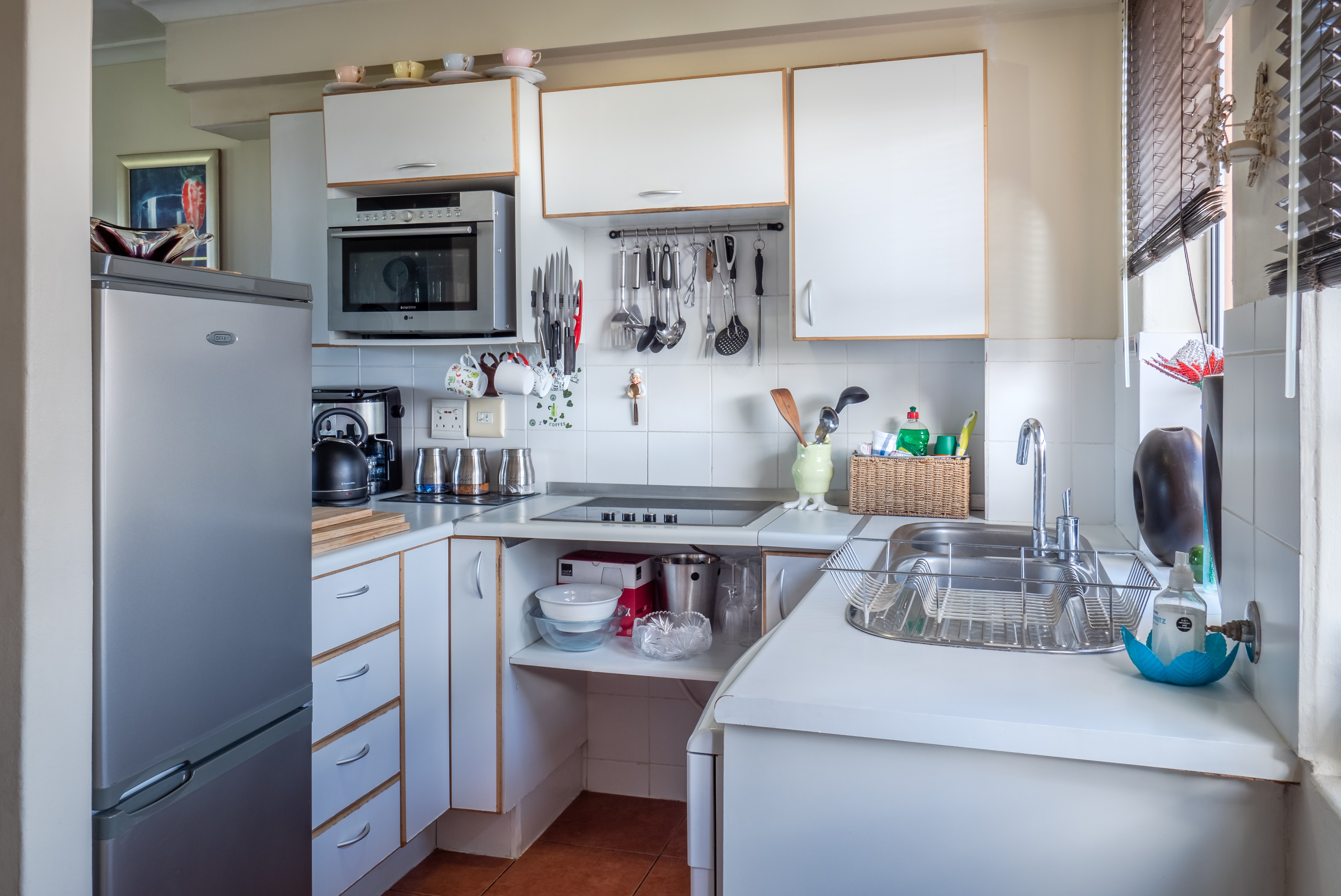Refrigerator buying guide
Refrigerators have long been thought of as the boxy, boring behemoths of the kitchen, and buying one used to be as simple as choosing between eggshell and off-white. But times have changed, with manufacturers increasingly thinking outside of the icebox to try to redefine what the modern refrigerator is really capable of. Today’s shopper will find an ever-increasing range of color and style options, cleverly-designed units designed to disappear into your decor, and a wide variety of new smart features, including ones aimed at transforming your kitchen itself into an entertainment hub. It’s enough to make you wonder if the ol’ fridge might be going through a bit of an identity crisis.
This reinvention of the refrigerator comes with a daunting new reality: finding the perfect model for your needs and budget is no easy task. Fortunately, you’ve come to the right place — a handy overview designed to help you narrow down the countless options and come out confident that the refrigerator you’re buying will give you the most bang for your buck.
In the end, finding the right fridge is all about understanding your own needs and asking the right questions, so let’s get started with:
What type of refrigerator is best for me?
Style-wise, you’ve got four options to choose from, and each comes with its own pros and cons. Figuring out which one is best for you is the first, most obvious step towards making a final buying decision.
Top freezer
When I say the word “fridge,” chances are good that this is the style that pops into your head. With the bottom two thirds dedicated to fresh-food storage and the freezer unit sitting on top, most of us probably struggled to reach the Popsicles in a top freezer unit when we were kids, or we at least used one in our first apartment. Tastes have moved forward since then, so if you’re looking for something modern, high-end, and feature-rich, then a top-freezer model probably isn’t for you. If, however, style isn’t as much of a concern, then you’ll find that top freezers offer some of the best bargains on the market. Plus, there are still enough being made to offer a solid variety of choices.
Bottom freezer
If you’re looking for something on the simpler side, and would enjoy slightly easier access to your fresh foods, then a bottom-freezer unit might be right for you. Bottom-freezer units aren’t much different from top-freezer units except for the fact that the freezer is located — you guessed it — on the bottom. This means that you won’t have to hunch over while rooting around for commonly used ingredients. However, it also means that frozen foods will be located down around your ankles — though a majority of models now come with drawer-style freezer doors, which can make getting the ice cream out a little easier. Bottom freezer units tend to be just slightly bigger than top freezers, but there’s also less variety of models to choose from.
Side-by-side
Side-by-side units split your fridge right down the middle, offering you frozen foods on the left and fresh foods on the right. Some models offer equal real estate for both sections while others allocate an extra couple of inches for the fridge. This can make for an especially narrow freezer section, so frozen-pizza aficionados might want to consider something a little less limiting. Side-by-side units come in a wide variety of models and tend to showcase more features than their horizontally minded counterparts. Many of these features are aimed at saving space, especially when it comes to the shelving inside the doors. Side-by-side units also require much less clearance to open the doors, making them ideal for narrow kitchens. Due to the vertical split, you’ll probably want to go with the widest model that will fit into your kitchen, and your budget.
French door
Highly popular, French-door models combine the drawer-style freezer of a bottom-freezer unit with the low-clearance doors of a side-by-side unit. This means that you’ll have a full-width, double-door fridge with plenty of storage space. With your refrigerator door effectively split into two, it also means that you won’t be letting as much cold air out when you’re opening just one door to grab the milk. Some models come with two separate freezer drawers, with the top one located about waist-high. This will keep you from bending down quite as far as you would with a bottom freezer. With the high demand for French door refrigerators, you’re sure to find a huge variety of options, including models with top-of-the-line smart features you won’t find with other styles. You can also upgrade the look of your fridge to match your kitchen or even camouflage itself entirely among your cabinets, but be aware that you’ll likely be tacking a few thousand dollars onto the already steep price tag.


